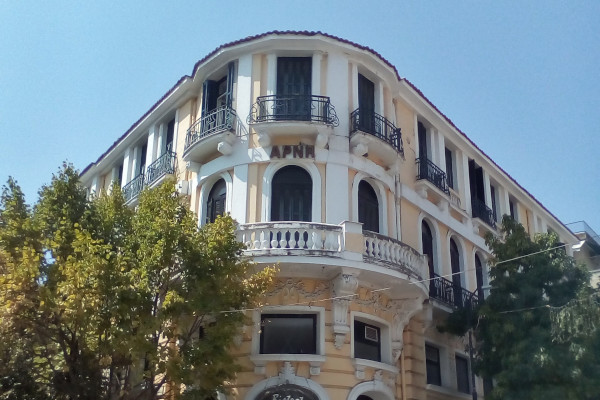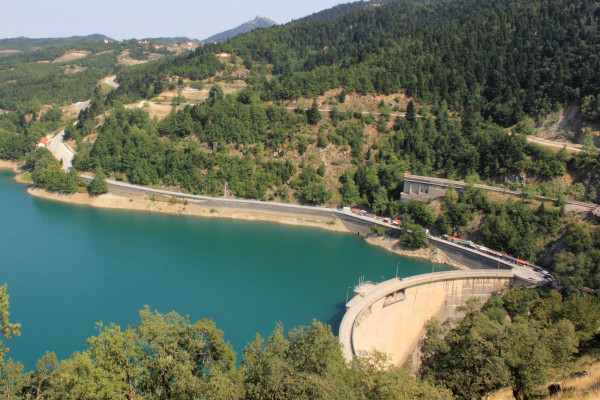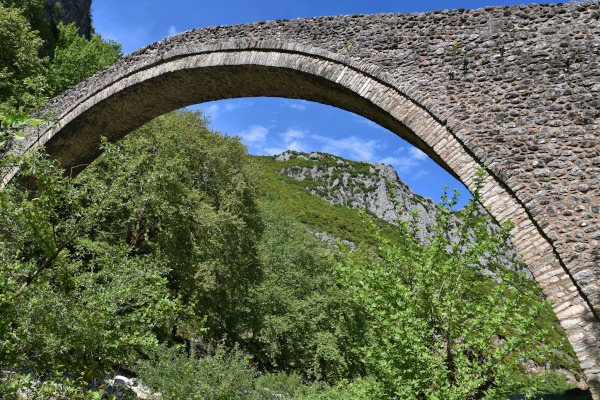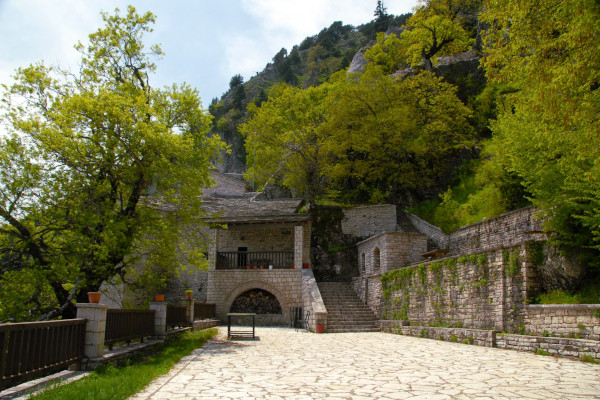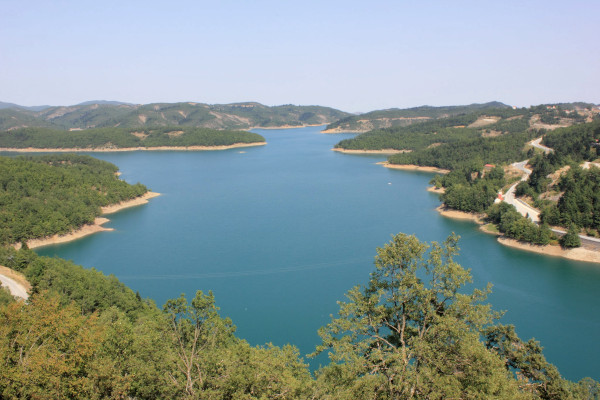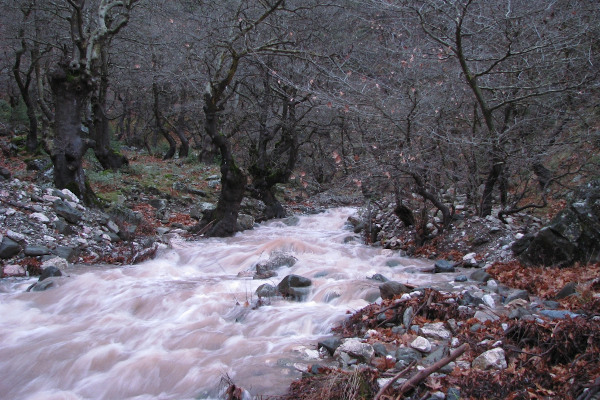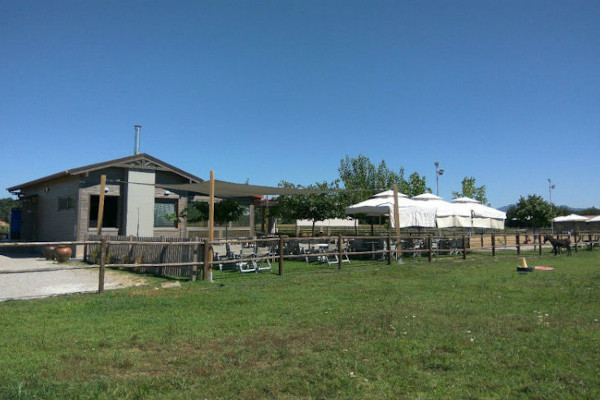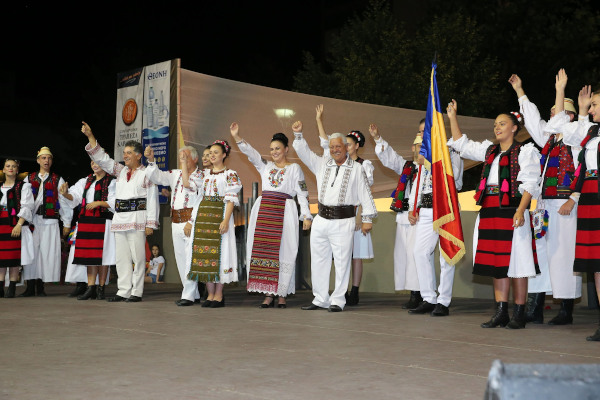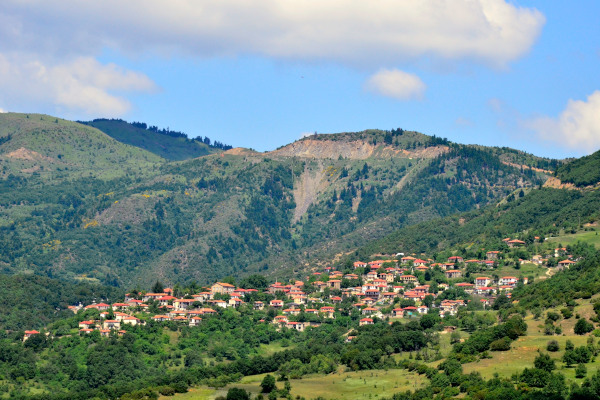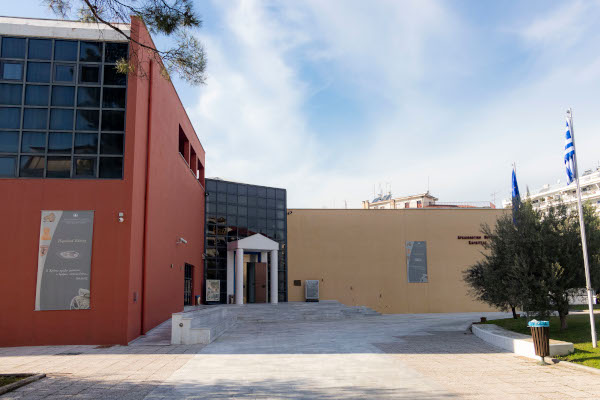Karditsa Attractions
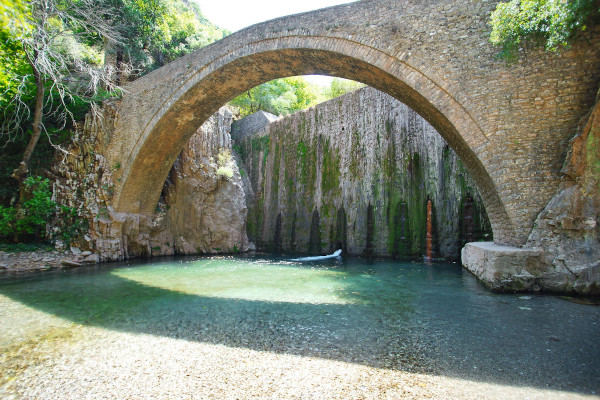
Paleokaria Arch Bridge - Waterfall
An impressive synthesis of stone and water in a stunning landscape. In the summer, you can take a refreshing swim below the 16th century bridge.
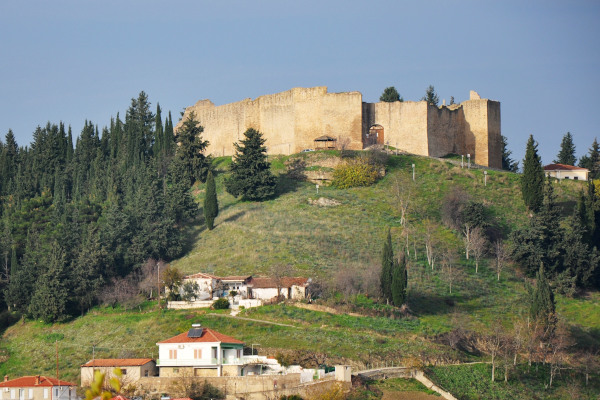
Fanari Castle
Surprisingly well-preserved castle (some restoration has taken place) with great views over the Thessalian plains. The Fanari Castle is worth your visit.
Plastiras Lake Dam
An impressive dam and an artificial lake that enhanced the already fabulous landscape. Enjoy hiking and other activities and don't forget your camera.
Arched Stone Bridge of Pyli Trikala
The Pyli hanging gate-bridge dates back to 1514, though it was restored recently. Don't miss the nearby church of Porta Panagia.
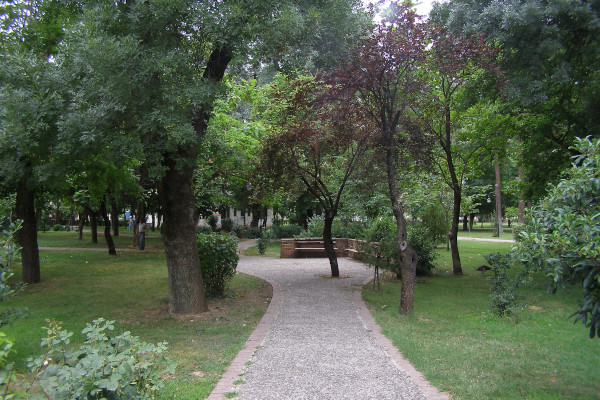
Park of Pafsilipo
This green oasis of 50 acres in the Karditsa's city center is a place for relaxation, walks, and sports.
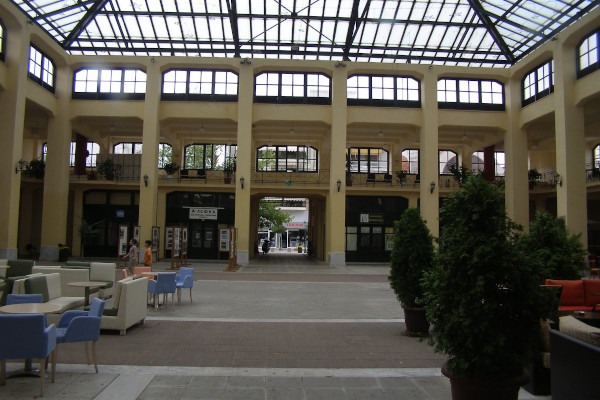
Municipal Market of Karditsa
This covered market made of concrete, metal, and glass is a welcome addition to Karditsa's urban architecture. It gathers many locals in the weekends.
